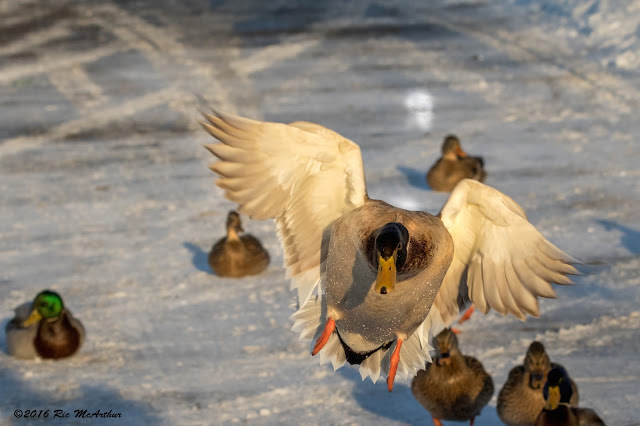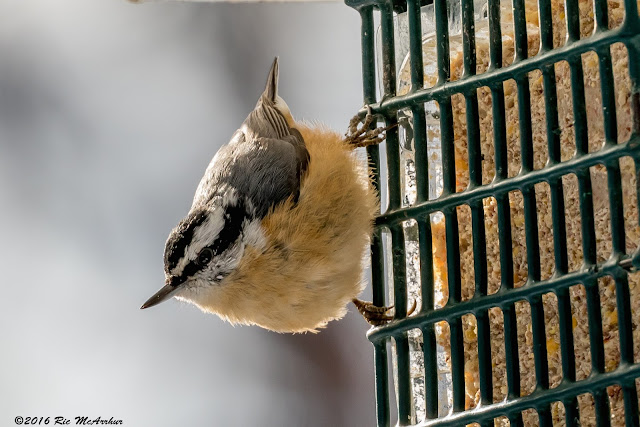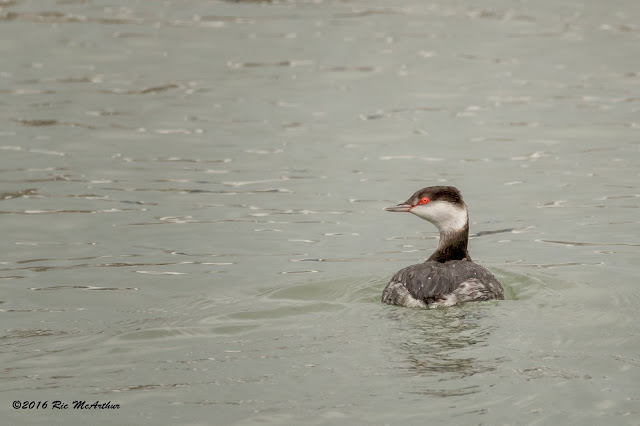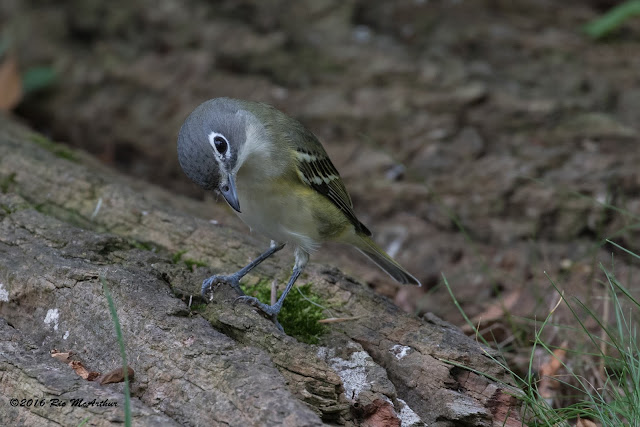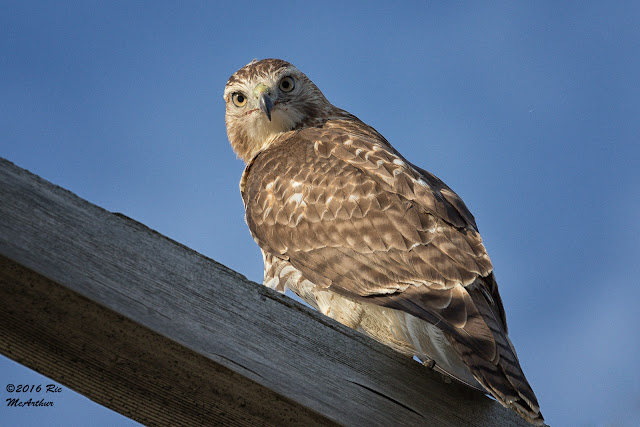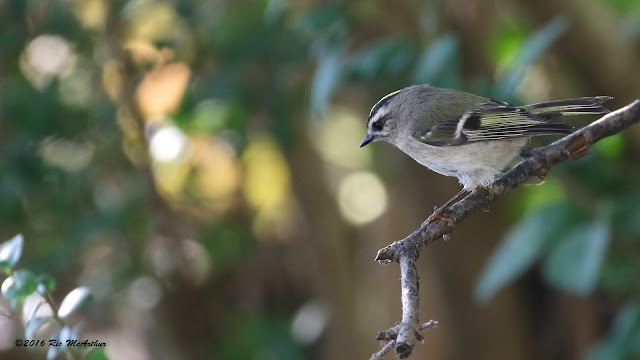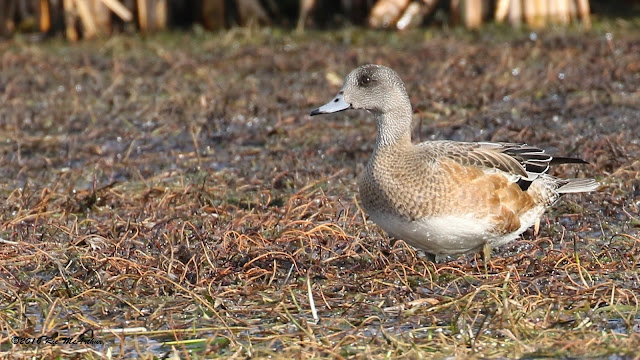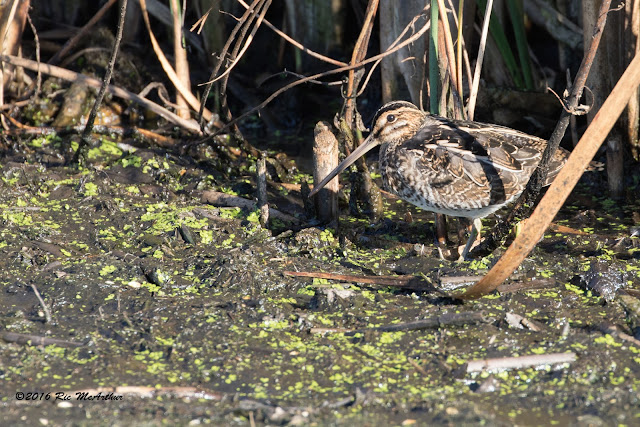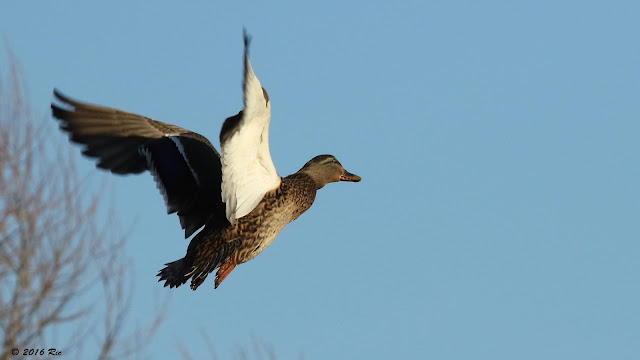Sandhill cranes in flight

When we went looking for the Smith's Longspur three were a lot of sandhill cranes flying around. None came close for crisp photos so this is what you get today. Antigone canadensis The Sandhill Crane’s call is a loud, rolling, trumpeting sound whose unique tone is a product of anatomy: Sandhill Cranes have long tracheas (windpipes) that coil into the sternum and help the sound develop a lower pitch and harmonics that add richness.





